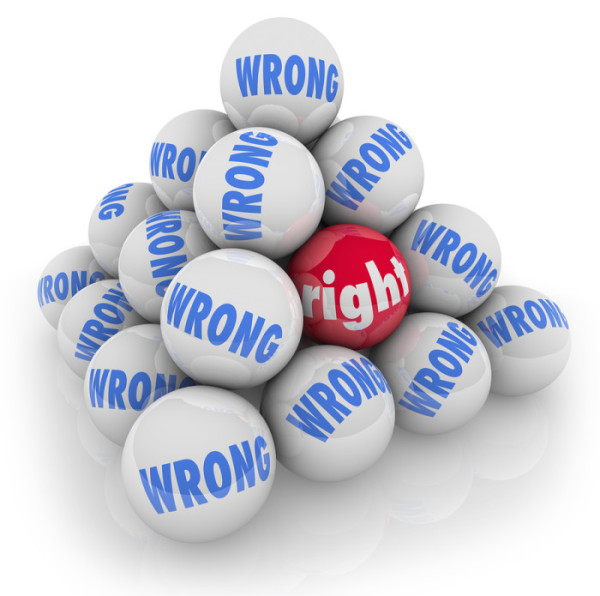I … Love … Coffee …
Love going into coffee shops, love ordering the perfect brew, love the ambiance of Starbuck’s and Caribou coffee and Seattle’s Best and Coffee People, and you name it! When my hubby wants to do something special for me, he’ll let me drag him to a coffee shop. Of course, when I’m done ordering, he bellys up to the bar, stares the barista in the eye, and says, “Coffee. Black.” My man is a purist. What can I say?
And I love that, in my little valley, we have drive-up coffee stands on almost every corner! They’re everywhere. And they all usually have long lines.
Well…almost all.
There is one little coffee stand that hasn’t ever made a go of it. It sits in what might seem an ideal location, on one of main streets going through an industrial area that leads to any number of shopping destinations, as well as to one of the main highways heading north. Oddly enough, though, that poor little stand, which has changed hands more times than I can count, seldom had a car at the window. I actually stopped a couple of times just because I felt bad for them. No surprise, then, when a month or so ago it shut down. Again.
Last week, though, as I drove past the stand, I was amazed to see a line of cars at the window. Not only that, but they’d set up rustic picnic tables, all of which were full. And there were people standing around the full tables, too. I looked to see what kind of coffee had worked this miracle, and this sign greeted me: Bob’s BBQ.
That’s when it hit me.
Most of the coffee stands around town are located where coffee lovers dwell, near shopping areas, downtown, near the university, and so on. THIS coffee stand was in an industrial area. And as I looked closer at the tables I saw that those sitting there were mostly men. Workers from the surrounding businesses. Men, I’m willing to bet, who are like my hubby. Who figure a buck is too much to pay for coffee, no matter how fancy a name you give it. Meat-and-potatoes guys who were chowing down, talking and laughing, and having a great time. Whoever bought that failure of a coffee stand did what no one else had done: they got to know their audience. And offered them what they wanted.
What does this have to do with writers? Simple. When you write in your proposal about your audience, it’s not enough to just say something like, “my audience is women ages 18-80 who love historical fiction.” You need to do what the new owners of that stand did. Figure out who your audience really is. What are the concerns on their minds and hearts? What consumes their days? What brings them joy? What authors do they read? What movies or TV shows do they watch? What does faith mean to them? What are they willing to spend money on? Get to know them!
What’s more, you have several audiences: a primary audience, a secondary audience, and sometimes even a tertiary audience.
Your primary audience is the sweet spot. These are the readers who are champing at the bit to get a book like yours. It’s the core reader you write for, that woman or man you picture as you craft your words on the page. Describe that person. Don’t make the age range too wide. Go for a 30- to 40-year spread at most.
Your secondary audience is the bookend ages. So if your primary audience is women in their 20s to 50s, then your secondary could be readers from 15 to 20, and over 50. What do these readers get from your books?
The tertiary audience can be a specific focus group, such as homeschooler, teachers, youth group leaders, and so on.
The beauty of getting to know your reader so well is that it will not only help you position those readers in the agent’s/editor’s minds, but it will help you refine your focus as you write. You can hone your message, whether in fiction or nonfiction, to speak right to the heart of your core reader. And that will only make your work stronger.
Have fun!



 How Publishers Make Decisions
How Publishers Make Decisions

Hi Karen,
It’s like you just turned the light on. Thanks for sharing.
I came for the coffee, stayed for the message. Ha!
My audience is becoming clearer, especially as how it ties into building my platform through blogging and other social media venues, and how it relates to my writing. I love the analogy you presented as well. It helps me to see it all in a different light. Thanks!
I sometimes see the ‘8-80’ on Amazon book descriptions … and scroll right on by. I like your idea of primary, secondary and tertiary target customers. It shows that while a book *might* appeal to a wide range of readers, there is still a primary market.
I struggle, struggle, struggle at defining my specific audience, but this post certainly helps. Still, I wonder — at what point do I become too specific and risk screening potential readers?
I realize that it is my responsibility as a writer, to have a handle on knowing my audience, but I am hoping that if and when I get an agent, he/she will help better define these nuances. Is that a reasonable expectation?
One more thing. I also love my coffee, but a bit of cream is as fancy as I get with it.
Karen, that’s a good idea, but I don’t have a clue what my audience looks like or how to find out. Apparently those early coffee houses didn’t either. I started writing because I couldn’t find enough Christian books in the genres I like: historical fiction (not romance and not modern times), literary fiction, coming-of-age and crime novels, specifically police procedurals. I rarely find a Christian writer in any of these genres that move me. Are there others like me? Some of my friends like the police procedurals and historical fiction I lend them; others prefer the literary fiction. I started writing because I couldn’t find what I wanted to read in the Christian market and find myself reading mostly secular authors. I let various people read an earlier draft and most wanted more. But they were all women in their 20’s-60’s. I would like to reach a more diverse audience, but don’t know how to do that. I
Mmmm, coffee. Must get me some so I can process this better.
Very helpful, Karen. Thinking of primary, secondary, and tertiary audiences clarifies what’s been a muddy area for me. Thanks!
Thank you, Karen for the clear reminder we need to know and satisfy our readership. In addition to critique feedback, I will beta test my Christian fantasy novel (to some an oxymoronic genre 🙂 after this major re-write to confirm I’ve hit the mark.
Thank you! Best article I’ve read on this. Ever.
I’m allergic to coffee. 🙁
I’m sitting at my computer, listening to Pandora, working on my book proposal, and needed to research secondary audiences. I stumbled upon the archive blog post. Thanks, Karen, for resonating with me and for helping me define the audience past the age range. I think I’ve got it. I realize you’ve moved on—congrats in the new realm of editing!—but I wonder. Who is managing your old posts? 🙂